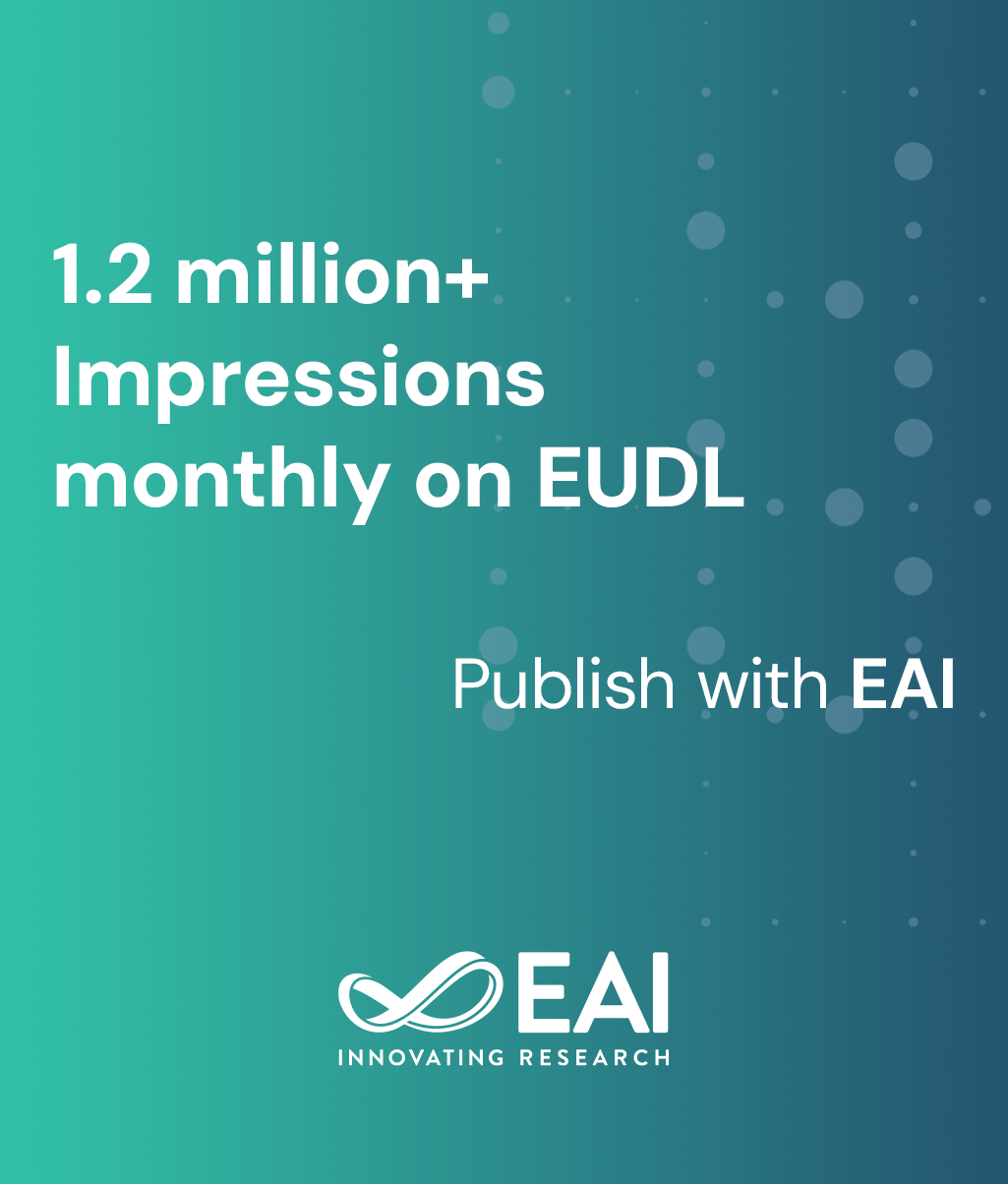
Research Article
Navigating the Transition: From IVDD to IVDR Compliance
@INPROCEEDINGS{10.4108/eai.13-11-2024.2355687, author={Rashmitha R and Shivanand K Mutta}, title={Navigating the Transition: From IVDD to IVDR Compliance}, proceedings={Proceedings of the 1st International Conference on Frontiers in Physical and Chemical Sciences: Exploring New Horizons, FPCS 2024, 13-14 November 2024, Bengaluru, Karnataka, India}, publisher={EAI}, proceedings_a={FPCS}, year={2025}, month={8}, keywords={invitro diagnostics invitro medical devices ivdd ivdr transition from ivdd to ivdr}, doi={10.4108/eai.13-11-2024.2355687} }- Rashmitha R
Shivanand K Mutta
Year: 2025
Navigating the Transition: From IVDD to IVDR Compliance
FPCS
EAI
DOI: 10.4108/eai.13-11-2024.2355687
Abstract
The transition from the In Vitro Diagnostic Directive (IVDD) to the In Vitro Diagnostic Regulation (IVDR) represents a pivotal regulatory advancement in the EU for in vitro diagnostic (IVD) devices. Effective from 2022, the IVDR (2017/746) addresses the IVDD's limitations by introducing stringent requirements to enhance device traceability, performance evaluation, and risk-based classification. IVDs are categorized into Classes A to D, with Class D representing the highest risk, requiring conformity assessments by notified bodies. The regulation mandates comprehensive performance evaluation, post-market surveillance, risk management, and transparency through detailed labelling and usage instructions. Manufacturers must provide performance evaluation data and collaborate with notified bodies to achieve CE marking for legal distribution. By aligning with global standards, the IVDR enhances patient safety, product quality, and regulatory consistency. This framework ensures a higher level of protection for patients, healthcare providers, and the general public, reflecting the evolving landscape of diagnostic technologies.


